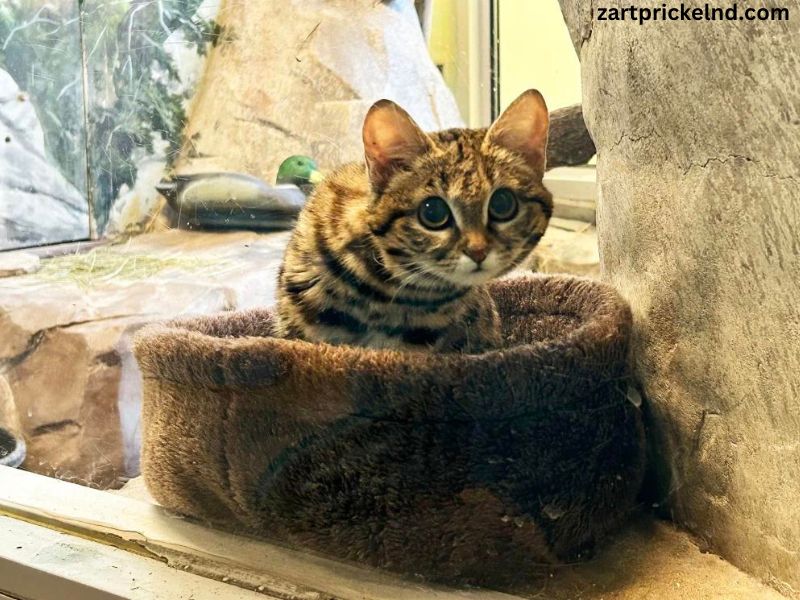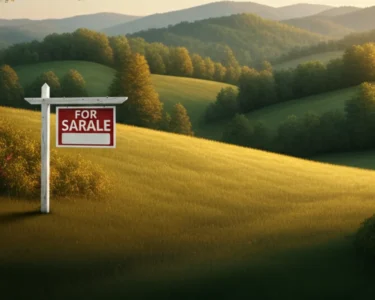Utah’s Hogle Zoo, nestled in the scenic landscapes of Salt Lake City, offers visitors an incredible array of wildlife experiences. Among its many captivating inhabitants is the black-footed cat (Felis nigripes), one of the smallest and most elusive wild cats in the world. This article delves into the intriguing world of the black-footed cat, exploring its habitat, behavior, conservation status, and its presence at Hogle Zoo.
The Black-Footed Cat: An Overview
The black-footed cat, native to the arid regions of southern Africa, is a remarkable species known for its diminutive size and striking features. As one of the smallest wild cats in the world, it measures approximately 14-20 inches (35-50 cm) in length, with a tail that adds an additional 6-10 inches (15-25 cm). Weighing between 2-4 pounds (0.9-1.8 kg), this cat is a testament to nature’s ability to create diverse and specialized forms of life.
Characterized by its distinctive black feet and striking markings, the black-footed cat has a coat that varies from pale yellow to reddish-brown, adorned with spots and stripes. Its large, rounded ears and prominent eyes further add to its unique appearance. Despite its small size, the black-footed cat is a formidable predator, adept at hunting a variety of small mammals, birds, and insects.
Habitat and Behavior
The black-footed cat is well adapted to the harsh conditions of its habitat, which includes savannas, grasslands, and semi-desert regions. It is primarily found in Botswana, Namibia, and South Africa, areas characterized by low rainfall and extreme temperatures. This habitat necessitates a range of survival adaptations, including a keen sense of hearing and excellent nocturnal vision.
Black-footed cats are solitary and highly territorial. They are most active during the twilight hours and at night, making them primarily nocturnal hunters. Their diet consists mainly of small prey, including rodents, birds, and insects. The black-footed cat employs stealth and agility in its hunting strategies, using its sharp claws and teeth to capture and kill prey efficiently.
One of the most fascinating aspects of the black-footed cat’s behavior is its high metabolic rate, which necessitates frequent hunting. Studies have shown that these cats can consume up to 14% of their body weight in a single night of hunting. This high energy expenditure is a crucial aspect of their survival in the wild.
Conservation Status
The black-footed cat is currently classified as “Near Threatened” by the International Union for Conservation of Nature (IUCN). Several factors contribute to this status, including habitat loss, human-wildlife conflict, and the illegal pet trade. Habitat loss, primarily due to agricultural expansion and land development, poses a significant threat to the black-footed cat’s survival. As their natural habitats are converted into farmland or urban areas, these cats face increasing challenges in finding suitable living conditions and prey.
Human-wildlife conflict also affects the black-footed cat population. In some areas, these cats are perceived as pests and are persecuted by farmers and ranchers. Additionally, the illegal pet trade has led to the capture and sale of black-footed cats, further impacting their wild populations.
Conservation efforts are underway to address these challenges. Organizations dedicated to wildlife preservation, such as the Black-Footed Cat Conservation Project, work to protect and conserve the black-footed cat’s natural habitat and raise awareness about the species’ plight. These efforts include habitat protection, community engagement, and research initiatives aimed at understanding and mitigating the threats faced by black-footed cats.
The Black-Footed Cat at Hogle Zoo
Utah’s Hogle Zoo plays a vital role in the conservation and education of the black-footed cat. The zoo provides a safe and enriching environment for these fascinating creatures, allowing visitors to learn about their unique characteristics and the challenges they face in the wild.
At Hogle Zoo, the black-footed cat exhibit is designed to mimic the cat’s natural habitat, with features such as rocky outcrops, vegetation, and ample hiding spots. This environment allows the cats to exhibit natural behaviors and provides enrichment opportunities that stimulate their physical and mental well-being.
The zoo’s commitment to education is evident in its efforts to raise awareness about the black-footed cat’s conservation status. Through educational programs, interactive exhibits, and informative signage, Hogle Zoo engages visitors in learning about the black-footed cat’s role in the ecosystem, the threats it faces, and the conservation efforts in place to protect it.
Hogle Zoo also participates in breeding and conservation programs aimed at ensuring the survival of the black-footed cat. These programs, often in collaboration with other institutions and conservation organizations, focus on maintaining healthy and genetically diverse populations of black-footed cats in captivity. Such efforts contribute to the overall conservation strategy and provide valuable insights into the species’ biology and behavior.
Visitor Experience and Educational Programs
Visitors to Hogle Zoo have the unique opportunity to observe black-footed cats up close and gain a deeper understanding of their lives and conservation needs. The zoo’s educational programs offer engaging and interactive experiences, including keeper talks, educational workshops, and special events focused on wildlife conservation.
One of the highlights of the visitor experience is the opportunity to witness the black-footed cats’ feeding and enrichment sessions. These sessions provide insights into the cats’ natural behaviors and dietary needs while offering a chance to see them in action. Enrichment activities, such as puzzle feeders and environmental enrichment, are designed to stimulate the cats’ natural instincts and promote their well-being.
Hogle Zoo also collaborates with local schools and community organizations to provide educational programs that focus on wildlife conservation and environmental stewardship. These programs aim to inspire and educate the next generation of conservationists, fostering a deeper appreciation for wildlife and the importance of protecting endangered species.
Conclusion
The black-footed cat at Utah’s Hogle Zoo represents a remarkable example of nature’s diversity and the importance of wildlife conservation. As one of the smallest wild cats in the world, the black-footed cat captivates visitors with its unique appearance and behavior. Hogle Zoo’s dedication to providing a safe and enriching environment for these fascinating creatures, along with its commitment to education and conservation, plays a crucial role in raising awareness about the black-footed cat and the challenges it faces.
Through its efforts, Hogle Zoo not only offers visitors a chance to learn about and appreciate the black-footed cat but also contributes to global conservation initiatives aimed at ensuring the survival of this extraordinary species. As we continue to support and engage in conservation efforts, we can help ensure that future generations have the opportunity to marvel at the black-footed cat and other incredible wildlife.
By visiting Hogle Zoo and participating in its educational programs, we can all play a part in protecting and preserving the natural world, ensuring that species like the black-footed cat continue to thrive for years to come.

